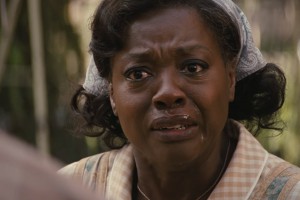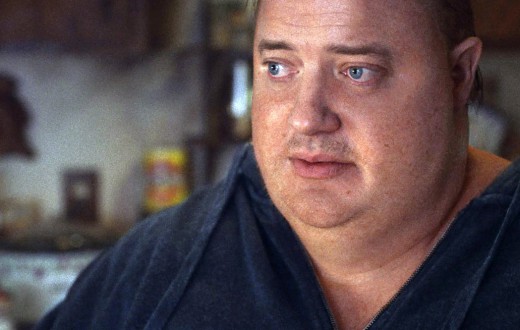The art of playing a tough character goes beyond simply portraying anger or sternness; it’s about unraveling the layers that create a complex and multidimensional individual. Understanding the psychological hint behind such characters can greatly enhance an actor’s performance, allowing them to present an authentic and convincing representation of toughness.
Understanding the Tough Character
Tough individuals can be found in a multitude of genres, ranging from the gritty investigator in a dark crime novel to the determined hero in an exciting adventure story. Nevertheless, toughness is not solely defined by physical power or aggression. Rather, it often resides within the character’s mental strength, ability to bounce back from challenges, and capacity to adjust when faced with difficulties.
Many tough characters have past experiences that have shaped them, often involving trauma or hardship. As an actor, delving into this backstory is crucial for understanding the motivations and behaviors of the character. Why are they tough? What have they endured? What do they fear? What are their soft spots? Knowing these can help create a character that’s tough, but still human and relatable.
The Role of Empathy
Empathy plays a significant role when portraying a tough character. Actors must tap into the character’s emotions, understanding their feelings and reactions to various situations. It’s not only about understanding the character’s emotions but also about connecting with the audience. Tough characters, despite their outward hardness, should also evoke empathy from viewers. Finding a balance between the character’s toughness and their vulnerabilities is the goal.
Using Method Acting
Method acting is a technique that can be particularly useful when playing a tough character. This approach encourages actors to fully immerse themselves in their characters, often drawing upon personal experiences and emotions to bring authenticity to their performances.
For instance, if an actor is portraying a tough character who has experienced loss, they might recall a time in their own life when they felt a similar pain. By doing this, they can channel genuine emotions into their performance, making it more believable.

The Power of Body Language
Body language can greatly influence an audience’s perception of a character. Tough characters often exhibit certain physical traits: a confident posture, assertive movements, and controlled facial expressions. An actor should study and practice these physical cues, but also remember that body language should align with the character’s personality and emotions.
A tough character might have a stern expression most of the time but soften their gaze when they’re around someone they care for. These subtle shifts in body language can make a character more complex and interesting.
Vulnerability as a Counterpoint
Contrasting the overt toughness of these characters is a layer of vulnerability that lies beneath the surface. This vulnerability could stem from past trauma, personal insecurities, or hidden fears and desires. It is what makes these characters relatable and human, offering audiences a glimpse into the person behind the tough exterior.
Vulnerability in a tough character should not be seen as a weakness but as a counterpoint to their strength. It provides depth and dimension to the character, preventing them from becoming a one-dimensional stereotype. This layer of vulnerability can often be the key to unlocking the character’s growth and development throughout the story.
The real challenge in playing a tough character lies in balancing this dichotomy of strength and vulnerability. How can an actor portray a character who is both tough and sensitive? Where does toughness end and vulnerability begin?
Well, it requires careful calibration. The actor should use their understanding of the character’s backstory and psychology to inform this balance. They should decide when the character’s tough shell cracks and their vulnerability shows — is it when they’re alone, when they’re under stress, or when they’re with specific characters?
In mastering these aspects, actors not only create a compelling character, but they also illuminate the complexities of human resilience. They bring to life individuals who bear their scars with courage, who guard their vulnerabilities fiercely, and who face life’s challenges with tenacity and grit. This complexity is the true essence of a tough role — an interplay of strength and vulnerability that makes for a truly memorable performance.
Example time!
Clint Eastwood: Famous for playing tough characters in westerns and action films, Eastwood often injected a layer of vulnerability into his roles. His portrayal of William Munny in Unforgiven is a prime example, presenting a hardened killer who is also a regretful and broken man.

Charlize Theron: Theron’s portrayal of Furiosa in Mad Max: Fury Road showcased a remarkable warrior with an indomitable spirit, concealing a profound vulnerability behind her formidable facade.
Robert De Niro: In Raging Bull, De Niro’s portrayal of boxer Jake LaMotta showcases a tough persona intertwined with emotional turmoil, effectively capturing the character’s physical prowess and psychological fragility.
Viola Davis: Davis often portrays strong, resilient characters who also show great emotional depth. Her performance in Fences as Rose Maxson shows a woman of incredible strength dealing with deep personal pain.
Hugh Jackman: Jackman’s portrayal of Wolverine in the “X-Men” series showcases a character who is physically tough but also haunted by his past, creating a complex character who oscillates between toughness and vulnerability.
Have you played a touch character? What direction were you given in order to pull it off? Follow us at DirectSubmit / NYCastings to let us know!







